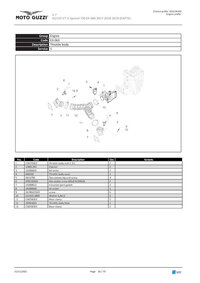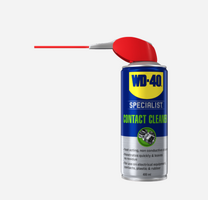Gregorio
Just got it firing!
I resolved my check engine light being on,by disconnecting the injection sensors, blowing them clean with compressed air,squeezing the metal connectors to make a tighter connection and squirting WD40 into the connectors.Hooked back up,no more check engine light! This fix was told to me by Danny Huggins owner of Triumph on Broadway in Hendersonville, NC.


